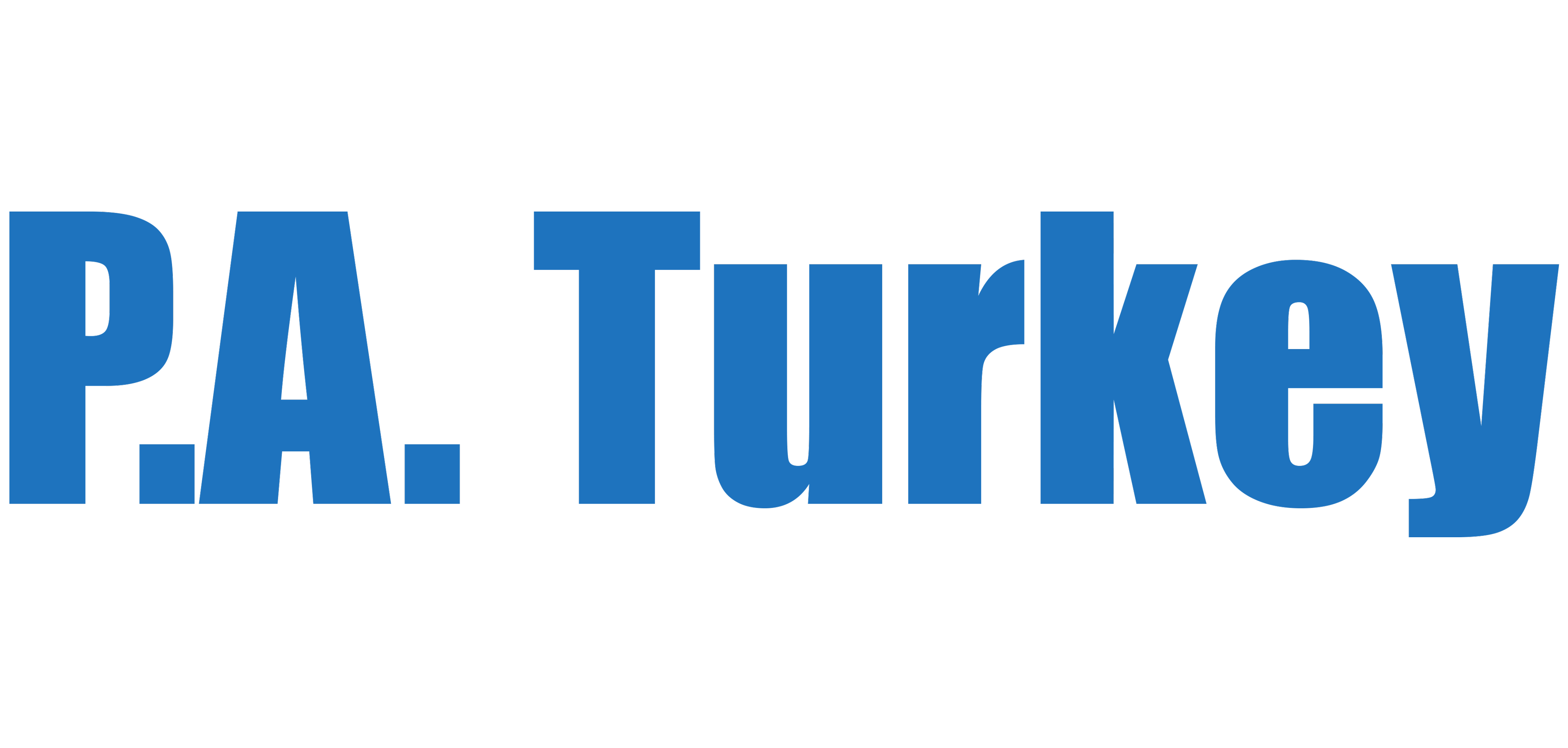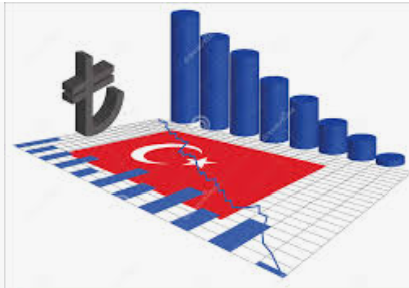Morgan Stanley: What’s Next After February Inflation?
 morgan-stanley
morgan-stanley
The CBT will likely wait for March inflation before deciding on further hikes
We think that the current macro backdrop of strong domestic demand, elevated inflation momentum and renewed pressure on FX reserves calls for further rate hikes to anchor expectations towards official forecasts. But given its communication since January, we think that the MPC would want to see the March inflation print before deciding on further rate. This would be in line with the latest MPC statement which read that the “monetary policy stance will be tightened in the event that a significant and persistent deterioration in inflation outlook is anticipated”.
Moreover, during the Inflation Report presser last month, Governor Karahan stated that the MPC would look at February and March data flow to gauge the persistence of the inflationary shock in January.
FinMin Simsek has signalled increased support from fiscal policy for disinflation going forward
In a special interview ahead of the February inflation print, FinMin Simsek stated that inflation will return to its projected trend in March, and that the monetary policy impact on domestic demand and inflation will work with a lag. He added that the compound policy rate (at 56%) is well above professional forecasters’ 12M ahead forecasts (<40%), supporting some real appreciation in the Turkish lira. He expects an ongoing improvement in the external balance and removal of election uncertainty as factors that will contribute to disinflation towards targets. He ruled out broad-based tax increases and a faster pace of lira depreciation post-elections.
We revise our inflation forecasts, and remove the rate cuts in 4Q24
Our current forecast is for March inflation to decline to 3.5%M (SA) or 3.7%M (69.3%Y) as we expect the monthly momentum in food and services inflation to ease somewhat. In this case, we see it as more likely that the CBT sticks to “higher for longer”, and relies more on quantitative and macroprudential tightening and increased coordination with fiscal policy to bring about a further decline in inflation momentum.
Given the beat in the February inflation print, and our upward revision to our GDP forecast for this year (to 3.3%Y from 2.8%Y previously), we revise up our year-end forecast to 43.6%Y from 42.4%Y previously. While our base case stands well above the CBT’s path (36%Y mid-point, 42%Y upper band), it still sees a gradual decline in seasonally adjusted monthly inflation to an average of 3%M (SA) in 2Q, 2.7%M (SA) in 3Q and 2.4%M (SA) in 4Q based on “higher for longer” and a tighter policy mix described above.
We remove the two rate cuts we had in November and December in our base case and see the first rate cuts in 1Q25.
While we do not yet include an additional hike in April in our base case, the following signposts could lead to an upward revision to our rates path
- The March MPC meeting (March 21) and its communication will be important. The MPC might give a stronger signal for an additional hike in April based on its leading indicators for March inflation.
- We think that a March inflation print above 4%M (SA) or 4.2%M is more likely to prompt an additional hike in April ahead of the forecast revisions to be published in the Inflation Report on May 9. This would depend on other key indicators such as inflation expectations, and the pressure on the lira and reserves, among others.
- Inflation expectations (currently at 43%Y for end-2024, and 38%Y for 12M ahead) will likely be revised up following the beats in 4Q GDP and February inflation. We think that the bigger the deviation of inflation expectations from the CBT’s forecast path, especially across a 12-month horizon, the higher will be the probability of a further hike in April, and possibly in May to anchor expectations, and to contain second-round effects.
Increased pressure on TL
- There’s been increased pressure on the lira and the CBT’s net FX position since the start of the year. We calculate around US$13.7 billion net FX sales by the CBT this year as of March 4. While some of the increase in FX demand probably reflects temporary FX demand related to election uncertainty, the rest is likely related to the fall in real deposit rates, and FX demand related to the unwinding of the KKM, in our view. The CBT will likely introduce quantitative and macroprudential measures to address the latter, but depending on its effectiveness, the policy response might be strengthened by an additional rate hike should such pressures persist post-elections.
Follow our English language YouTube videos @ REAL TURKEY: https://www.youtube.com/channel/UCKpFJB4GFiNkhmpVZQ_d9Rg
And content at Twitter: @AtillaEng
Facebook: Real Turkey Channel: https://www.facebook.com/realturkeychannel/






